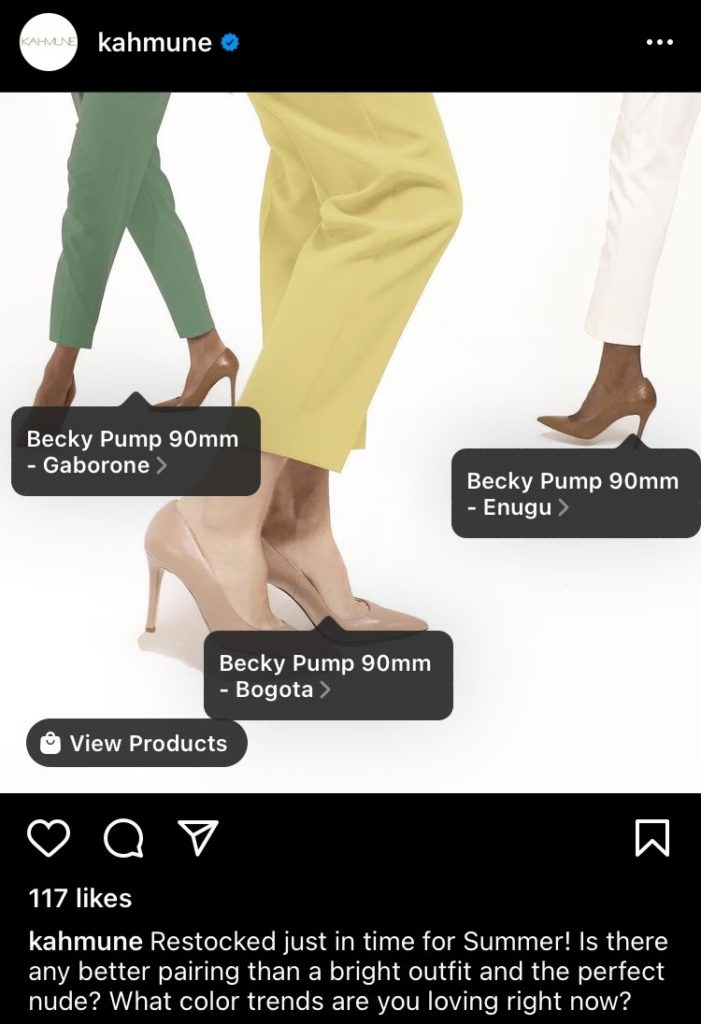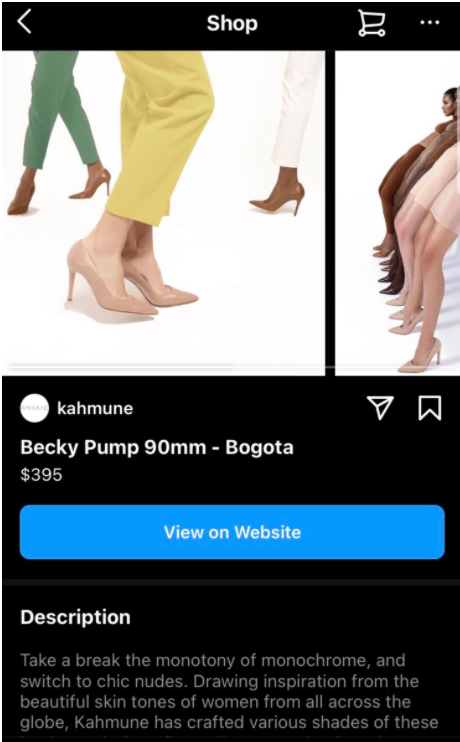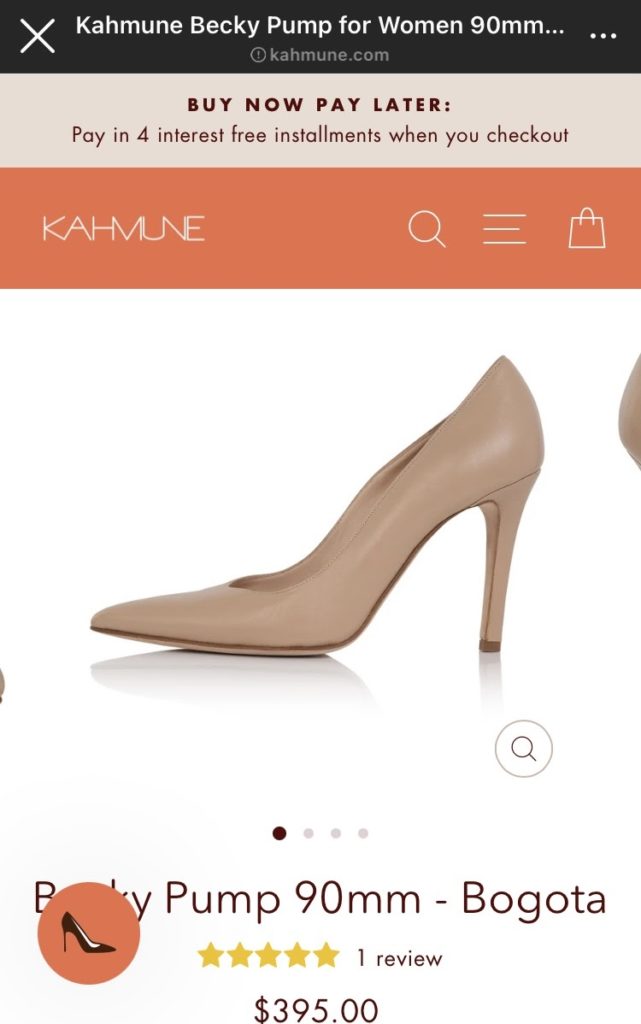
Expanding outreach to non-local audiences is more possible now than ever before for small businesses. And that’s because mobile devices have made finding information, products, and services quick and easy for today’s consumers.
As VP of Marketing Lisa Gevelber put it, “With our phones acting as supercomputers in our pockets, we can find, learn, do, and buy whenever the need arises — or the whim strikes.”
Mobile commerce (i.e., m-commerce) has made it possible for mobile users to find and purchase products without having to wait until they can switch to a desktop device. And the rise of social commerce has made this process even more streamlined.
It’s convenient for consumers and strategic for businesses because a mobile user with purchase intent can buy now, not later.
By leveraging mobile marketing and m-commerce, your small business can expand its reach, spread brand awareness, and increase conversions.
To help you do just that, we’ve created this guide to share four actionable steps you can take to get your business in front of non-local audiences.
4 Ways Small Businesses Leverage Mobile Marketing To Reach Non-Local Audiences
1. Optimize Everything For Mobile
Digital marketers know the ins-and-outs of SEO, especially when it comes to Google and YouTube (i.e., the most popular search engines in the world).
Earning a page one ranking on search engine results pages (SERPs) means that your content is more visible to searchers. When visibility improves, so does the traffic to your website, blog, and other online platforms.
Given that more than half of all Google searches are on mobile devices, the last thing that you want to do is neglect the mobile user experience — especially since site visitors are five times more likely to bounce from a site that isn’t mobile-friendly.
A crucial part of the mobile optimization process is triple checking that your content is fully-visible on a small screen format. This goes for your website, blog, email, etc.
Anytime that you include images, video, and other media with your content, make sure that these elements are formatted to show up correctly on smartphones and tablets.
Also, when you optimize for email, a great way to connect with non-local audiences is to segment your audiences based on location and time zone. It’s a simple but effective way to meet your target audience where (or when) they’re at.
2. Encourage Social Commerce
To date, there are 3.96 billion active social media users in the world. Suffice it to say, that’s a lot of people outside of your local community to potentially connect with.
The majority of social media users probably aren’t logging into Instagram or Twitter with a purchase intent mindset. Then again, Instagram has reported that 70% of shoppers look to this platform when preparing to make a new purchase.
To ignite social users’ purchase intent, businesses can create swipe up links and shoppable posts to shortcut the buyer’s journey.
Take a look at how the small business Kahmune did exactly that in this shoppable post on Instagram:

From a mobile view, social users are able to select any one of these products. When they do, they are led to this page on the Instagram app that gives them the option to learn more about the product and go directly to the product page on the website.

After clicking “View on Website,” users are led to the company’s product page where they can make their purchase.

With three simple actions, a social media user can transition seamlessly from the top of the funnel to the bottom of the funnel.
3. Prioritize & Schedule Social Content
Because social media marketing and mobile marketing go hand-in-hand, another step that your team can take to put your small business in front of more people is to create more social content.
While product posts and shoppable links are great for boosting conversions, you also need a consistent flow of new, engaging content that isn’t as purchase intent focused.
This is where video content comes in.
Video is a preferred marketing tool for 86% of businesses, and it makes sense why. Not only is this type of content visually engaging and interesting, it can generate up to 300% more traffic to your website.
For your small business, you could create how-to videos, product videos, testimonial videos, company culture videos, etc.
To diversify your content and hone in on your business’s value proposition, we recommend seeking out and sharing user-generated content on social media but also your website.
Along with the content you produce, we also recommend sharing user-generated content on your social media and website. And that’s because the majority of marketers (75%) and consumers (60%) agree that this content’s appeal lies with its authenticity.
4. Work With Micro Influencers
When your goal is to connect with target audiences that are beyond your reach, sometimes you have to outsource help.
One of the most effective ways to do this as a business of any size or industry is to partner with influencers. And specifically, micro influencers.
Out of the four main influencer tiers (i.e., nano, micro, macro, and mega), micro influencers aren’t at the top of the pyramid as far as follower count and celebrity status goes. They typically have between 10,000 and 100,000 followers.
But, as many marketers soon discover, micro influencers surpass macro and mega influencers when it comes to engagement rates. In fact, micro influencers’ campaign posts typically receive 6.7 times more engagement than their larger counterparts.
This is significant because the higher the engagement rate, the more receptive the influencer’s audience typically is to promotional content about your business. Good engagement can quickly lead to more new followers, traffic, and conversions.
Wrapping Up
Given that most consumers (80%) rely on mobile devices to make purchases, it’s important that small businesses optimize and prioritize mobile marketing and m-commerce.
Whether you’re looking to grow your local or non-local customer communities, you have to be very intentional about meeting your target audience where they’re at and creating a better user experience.
By implementing the four strategies outlined in this post, you can cultivate and maintain meaningful connections with customers near and far.







